Peak Climbing with Trekking in Nepal: Unveiling the Ultimate Adventure
Are you an adventure enthusiast seeking the thrill of conquering peaks while immersing yourself in t...
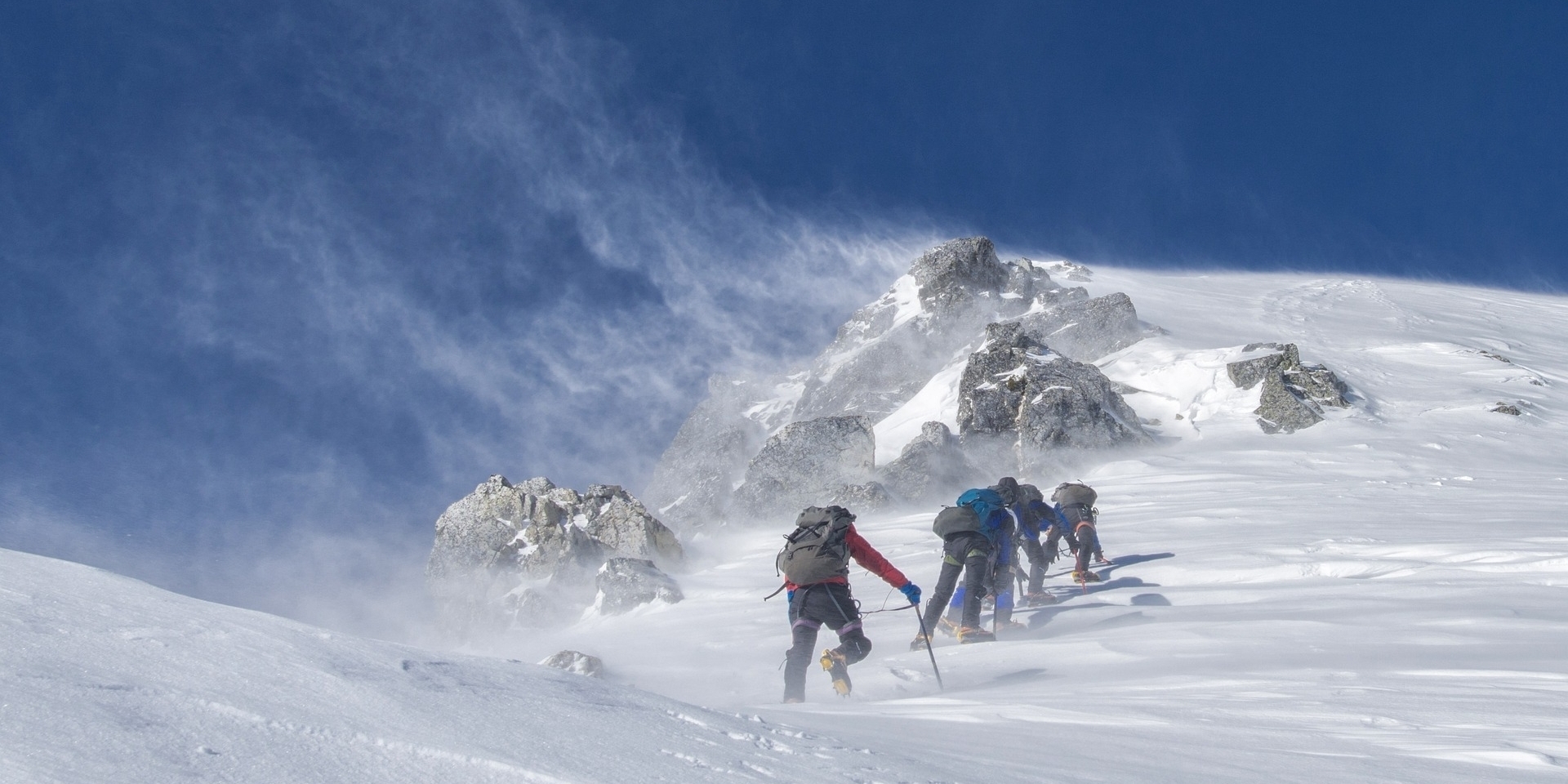
Nepal's geography is a climber’s paradise, with peaks ranging from the modestly challenging to the technically demanding. The country categorizes its mountains into trekking peaks and expedition peaks, based on their elevation and difficulty level.
Trekking Peaks: These peaks, generally below 7,000 meters, are suitable for climbers with varying levels of experience. They require moderate technical skills and are ideal for those looking to step up from trekking to climbing. Popular trekking peaks include Island Peak (Imja Tse), Mera Peak, Lobuche East, and Pisang Peak.
Expedition Peaks: These are the higher and more challenging peaks, often exceeding 7,000 meters. They require advanced technical skills, extensive preparation, and a high level of fitness. Some well-known expedition peaks are Ama Dablam, Mount Everest, and Lhotse.
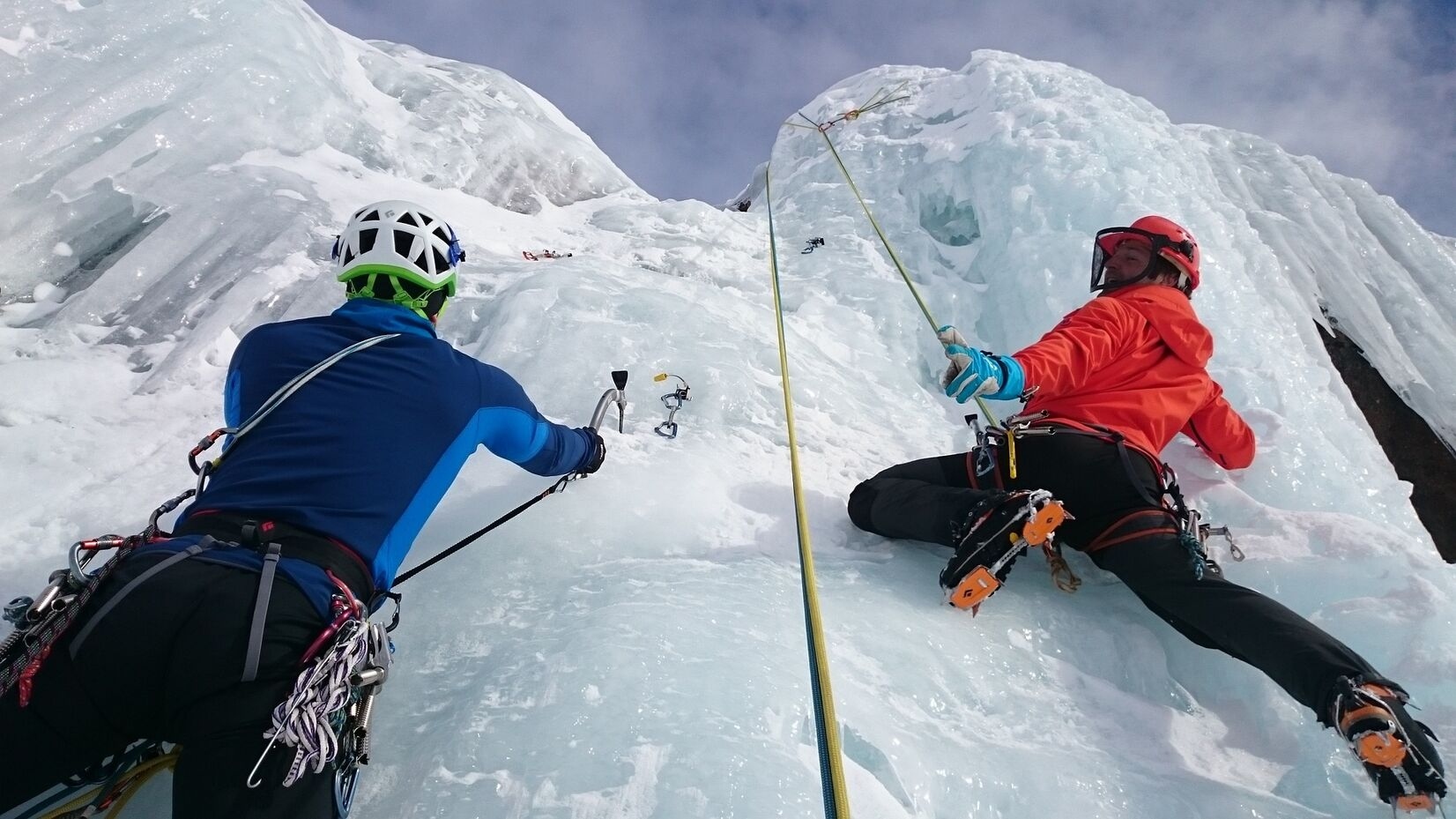 2. Popular Climbing Peaks
2. Popular Climbing Peaks
Island Peak (Imja Tse):
Mera Peak:
Lobuche East:
Pisang Peak:
Ama Dablam:
Peak climbing in Nepal requires meticulous preparation and training. Here are some key aspects to consider:
Climbing peaks in Nepal requires several permits:
Each peak has specific permit fees, and regulations may vary depending on the peak and the season.
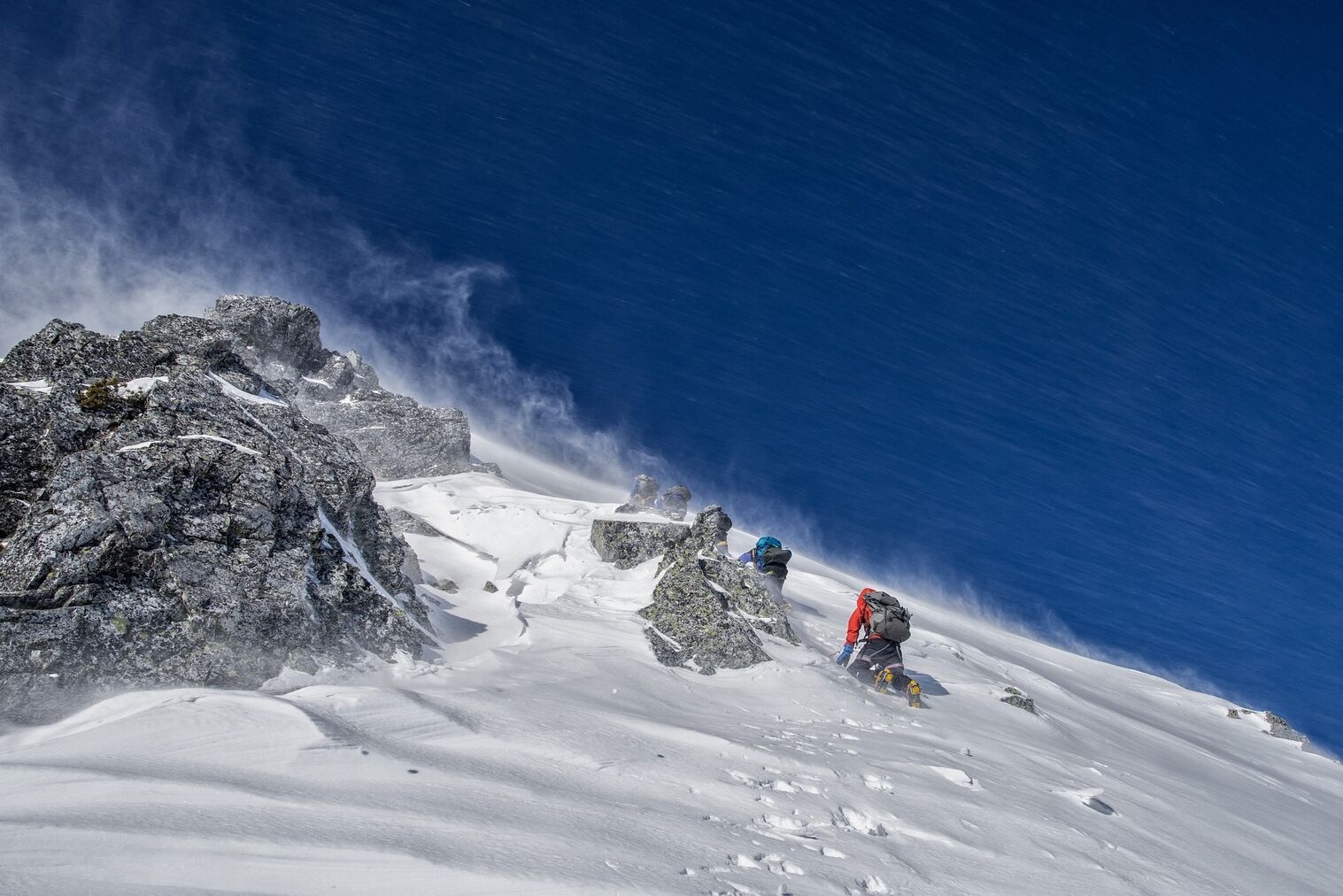 5. Cultural Experience
5. Cultural ExperienceClimbing in Nepal is not just about the physical challenge; it's also a cultural journey. The trails are dotted with monasteries, chortens (Buddhist shrines), prayer flags, and welcoming villages. Interacting with the local Sherpa community offers a glimpse into their rich traditions and resilient way of life. Many expeditions also incorporate visits to cultural heritage sites in Kathmandu, such as the Boudhanath Stupa and Pashupatinath Temple.
The best times for peak climbing in Nepal are the pre-monsoon (spring) and post-monsoon (autumn) seasons.
Sustainable and responsible climbing practices are essential to preserve Nepal’s pristine environment. Climbers are encouraged to follow the Leave No Trace principles, minimize waste, and respect local customs and wildlife. Many trekking and climbing agencies in Nepal are committed to eco-friendly practices and community support.
Peak climbing in Nepal is a thrilling and transformative adventure. With its majestic mountains, rich cultural tapestry, and the warmth of its people, Nepal offers an unparalleled climbing experience. Whether you are an aspiring climber or an experienced mountaineer, the peaks of Nepal beckon with the promise of adventure and the allure of the unknown. Prepare well, climb responsibly, and immerse yourself in the extraordinary beauty and culture of the Himalayas.
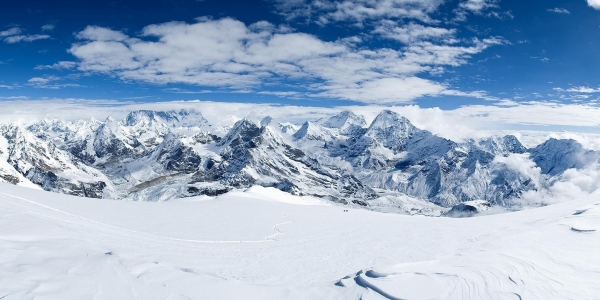
Are you an adventure enthusiast seeking the thrill of conquering peaks while immersing yourself in t...

Nepal, a country synonymous with towering mountains and rich cultural heritage, offers another exhil...
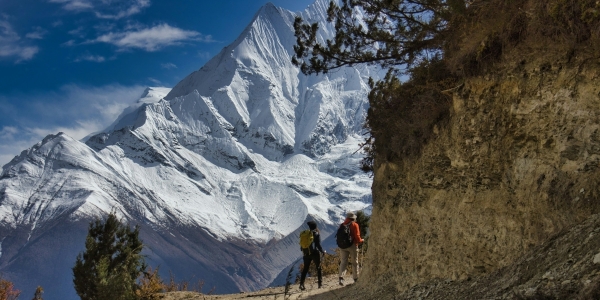
Nepal, nestled in the heart of the majestic Himalayas, is a trekker's paradise. With its diverse lan...
